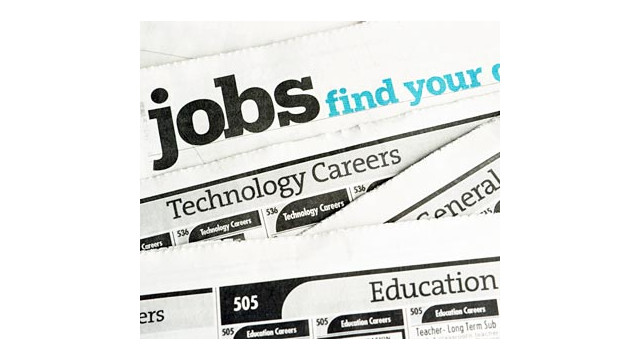With busy season over, now is an opportune time to take a fresh look at your staff and hiring practices. A new hire who doesn’t work out is a drag on budgets, morale and accounting managers’ time. That’s why supervisors often include on the job description and posting an extensive checklist of must-have skills and experiences. Yet in today’s climate of extremely low unemployment among accounting and audit professionals, it’s risky to hold out for an applicant who ticks every single box.
Should you become more flexible in the candidates you consider? Or would that be tantamount to lowering standards and settling for mediocrity? The answers are yes to the first question and no to the second. These days, relaxing your hiring criteria and offering training to fill in a candidate’s gaps is likely necessary, not “settling.” If you don’t take such steps, you’re fishing from a candidate pool that doesn’t really exist.
Recent research shows many organizations are already flexible with their hiring demands. In a Robert Half survey, 84 percent of human resources managers said they are at least somewhat open to hiring and training an employee who doesn’t meet the skills requirements for a position. Meanwhile, 62 percent of workers reported they have been offered a job when they didn’t meet all the hiring criteria.
To help you land the skilled talent you need, here are ways to adjust your practices.
- Get back to the basics. You want the best person for the job, but a long and involved set of requirements could put off excellent candidates. Focus on the core role and determine which criteria are genuine must-haves and which are nice-to-haves. For example, you can train on new financial systems and new regulatory compliance mandates but not work ethic.
- Prioritize interpersonal abilities. Client relations can make the difference between a thriving and lackluster firm. While it makes sense to relax certain criteria when hiring staff, soft skills like communication, leadership, intellectual curiosity and business acumen should not be among them. Nontechnical abilities are much more difficult to train for.
- Emphasize organizational culture fit. No matter how talented accountants and auditors are, they can’t thrive for your firm if they don’t fit the workplace culture.
This is not to say every new hire should possess the same attributes and not pose a threat to the status quo. On the contrary, each employee should bring unique perspectives and help disrupt the modus operandi for their position and team as needed. However, all employees must complement the firm culture and contribute to a positive workplace.
Overcoming hiring challenges
Tweaking your hiring criteria will result in a deeper applicant pool, but there are additional ways to meet your firm’s talent needs:
- Speed up the hiring process. In today’s hot job market, skilled job seekers move quickly. When you come across candidates who meet most of your requirements, act fast. This means staying in close communication with them throughout the hiring process, and making an offer sooner rather than later — contingent upon a reference check, of course.
- Pay well. Your salaries should be in line with market and competitive trends or, ideally, above them. Focus on the entire package, however. Benefits and perks, such as telecommuting options, can ultimately be what tips the scale in favor of your firm.
- Work with interim professionals. Using a temporary-to-hire strategy allows managers to evaluate potential employees firsthand before a extending a full-time job offer. Project professionals and consultants also can help address workload peaks and support special projects that don’t necessitate an ongoing staffing need.
- Train existing employees. Sometimes it’s more efficient to upskill members of your current team than to hire for specific technical abilities. This approach benefits your firm in two main ways: You develop the skills you need, and your recruitment and retention rates can rise since talented professionals value continuing education.
To thrive in today’s challenging hiring market, accounting firms need to be willing to flex and adapt. Loosen a few of your hiring criteria, and you could see a sharp improvement in your hiring success rate.
========
Paul McDonald is senior executive director at Robert Half, the world’s first and largest specialized staffing firm. He writes and speaks frequently on hiring, workplace and career-management topics. Over the course of more than 30 years in the recruiting field, McDonald has advised thousands of company leaders and job seekers on how to hire and get hired.
Thanks for reading CPA Practice Advisor!
Subscribe Already registered? Log In
Need more information? Read the FAQs





